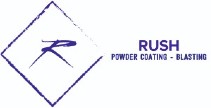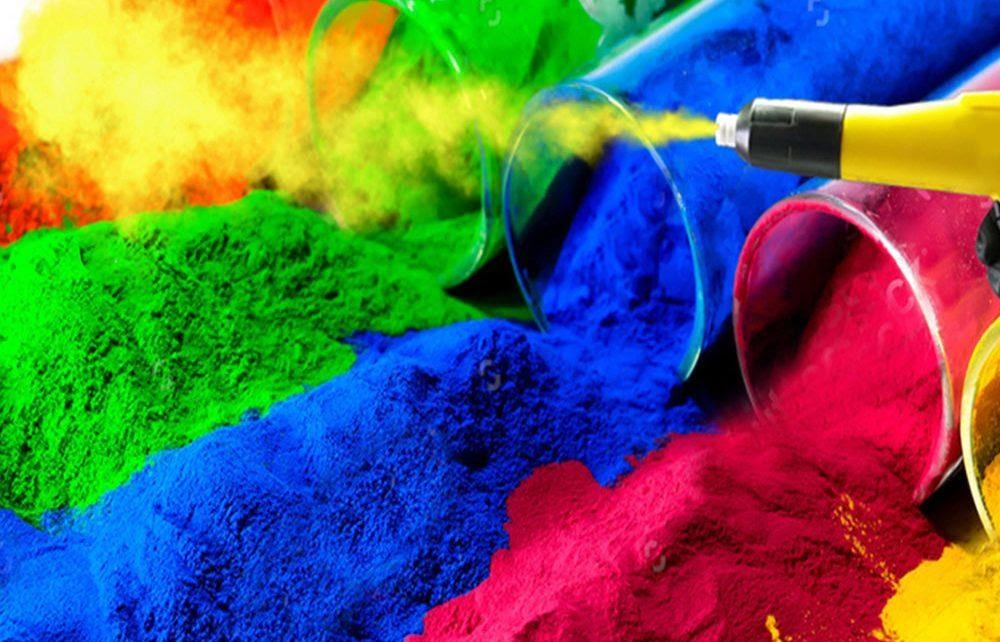Powder coating is a well-known form of surface finish. It is done for good quality castings.
The Powder Coating Process
The powder casting process involves spraying a mixture of pigment and resin from a highly controllable gun to the surface you want to coat. This mixture of pigment and resin is what we refer to as dry powder. There is an opposite electrostatic charge between the dry powder and the part you intend to coat, which makes them attracted to each other; opposite poles attract. When these opposite poles attract, the charge makes the powder stick to the surface in an even layer that is thicker than the traditional paint application. This even layer ensures that the coating reaches all areas, even the hard-to-reach areas ensuring full coverage.
Once the surface has been coated with powder, it is left to cure inside an oven. In the powder, there is a polymer resin that, when heated, sticks on the surface of the part you intended to coat. This results in a very durable thick coating that cannot be compared to other finishes for these surfaces. What sets powder coating apart from the rest is that it is a combination of three key components that contribute to its durable, smooth, shiny, and polymer-like finish that cannot be attained using other surface finishes. It consists of filler material to ensure a smooth surface, a resin that melts and joins everything together, and a for color; it has a pigment compound. Powder coating is a very efficient and effective way for surface finishes; it has various benefits. Here are some of the reasons why it is advantageous to use a powder coating.
- It is environmentally friendly. Our mission is to conserve the environment even when we are trying to improve and advance in technology. What good would it do to have such durable finishes on surfaces, yet the environment around us is so polluted to enjoy whatever masterpieces you have created? Powder coating has no liquid elements, solvents, or volatile organic compounds that pollute the environment. The coating process is solvent-free and very dry; therefore, you do not require expensive pollution control systems. In a way, it is also cost-effective; it saves the money you would have used to extract the fumes polluting the environment.
- It is also efficient in addition to the cost-effective aspect. Due to extraction and overspray, approximately half of the spray paint is always wasted in the painting process. You might end up using more than you would need having there been no wastage. For powder coating, the amount of coating transferred to the surface is very high, which means there is little that goes to waste. Even if it goes to waste, that is not the end of the overspray because it can be collected and recycled.
- The coating process is very simple. With the other traditional painting techniques, you risk too much spray causing runs, streaks, or even spots in the surface finish. However, in powder coating, you do not have to worry about any of it; the probability of having such complications while coating tends to zero, meaning you can try the process on your own because of its simplicity.

